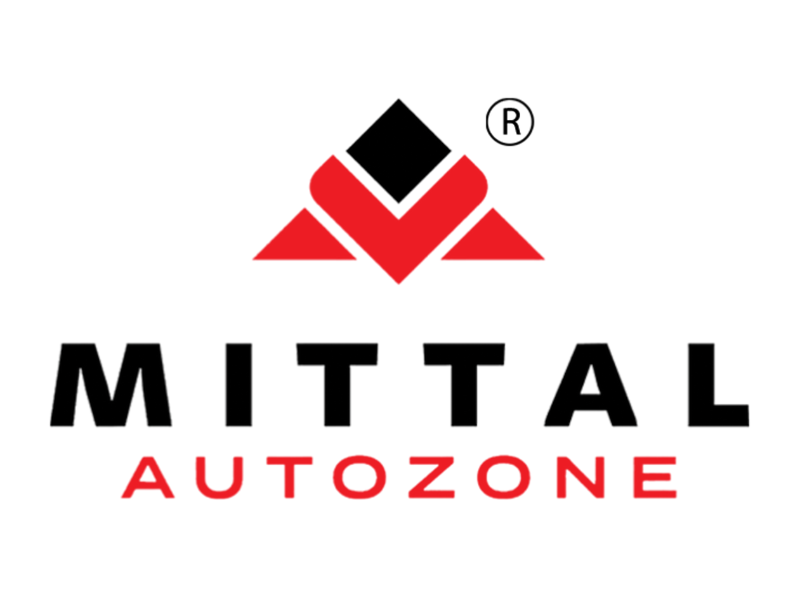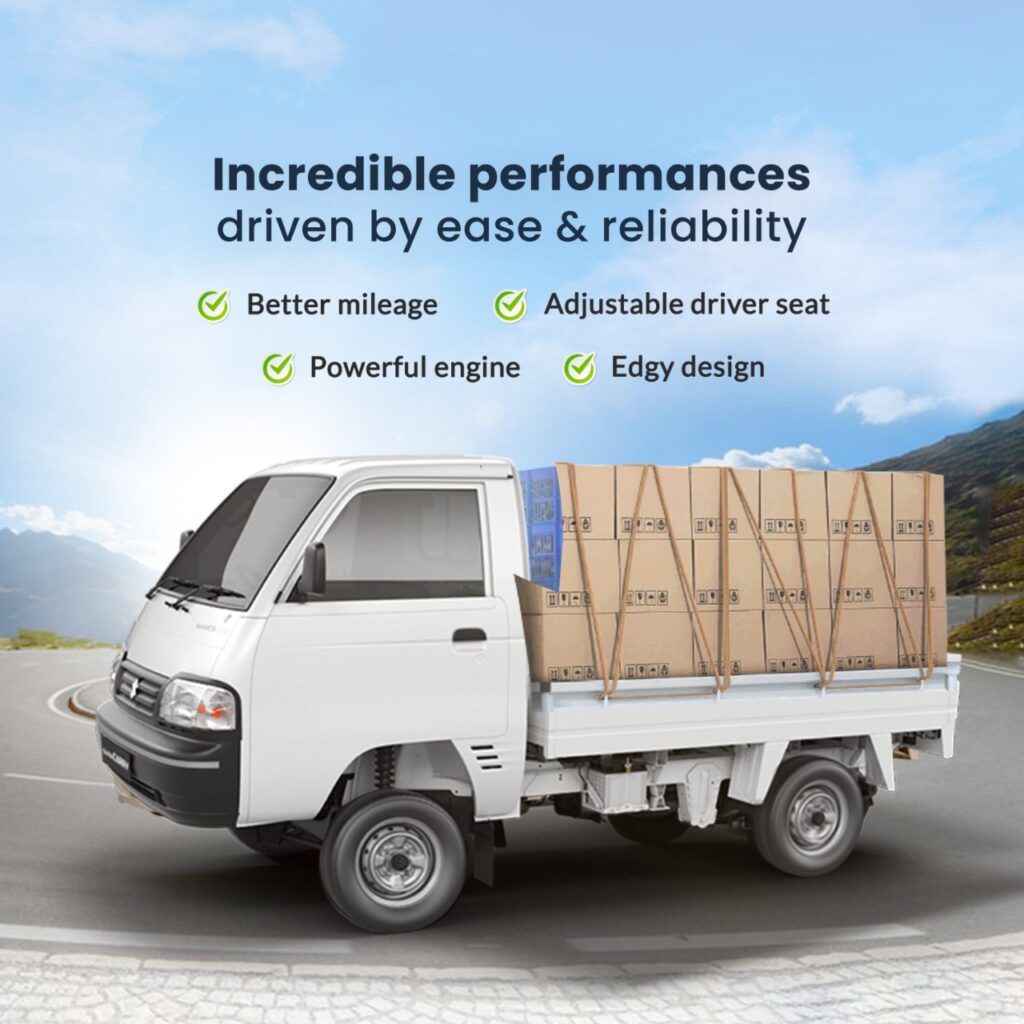Introduction
Cruise control is a feature in modern vehicles that offers convenience and control to drivers during long-distance travel. It allows drivers to maintain a steady speed without having to constantly press the accelerator pedal. In this blog post, we will explore everything you need to know about cruise control, including its benefits, how it works, and some important considerations.
1. What is Cruise Control?
Cruise control, also known as speed control or autocruise, is an automotive feature that enables a vehicle to maintain a constant speed without the driver’s constant input on the accelerator pedal. It is particularly useful during highway driving, where maintaining a consistent speed is important for fuel efficiency and reducing driver fatigue.
2. How Does Cruise Control Work?
When cruise control is activated, the driver sets a desired speed using the controls on the steering wheel or dashboard. The vehicle’s electronic system takes over and maintains that speed by automatically adjusting the throttle position. Some advanced systems can also account for changes in road conditions or traffic flow, automatically adjusting the speed accordingly.
3. Benefits of Cruise Control
a. Convenience: Cruise control alleviates the need for drivers to maintain constant pressure on the accelerator pedal during long trips, reducing fatigue and providing a more comfortable driving experience.
b. Fuel Efficiency: Maintaining a consistent speed with cruise control can improve fuel efficiency by eliminating unnecessary speed fluctuations and sudden accelerations.
c. Reduced Speeding: Cruise control helps drivers avoid unintentional speeding by keeping the vehicle at a set speed. This can contribute to safer driving and help prevent speeding tickets.
d. Decreased Driver Fatigue: By eliminating the need for constant throttle adjustments, cruise control can reduce driver fatigue during extended periods of highway driving.
4. Types of Cruise Control
a. Traditional Cruise Control: This type of cruise control allows the driver to set a desired speed, which the vehicle will maintain until the driver cancels or adjusts it manually.
b. Adaptive Cruise Control (ACC): Advanced cruise control systems, known as ACC, utilize radar or sensors to automatically adjust the vehicle’s speed based on the distance from the vehicle ahead. ACC can slow down or speed up the vehicle to maintain a safe following distance.
c. Intelligent Cruise Control (ICC): ICC combines the functionality of ACC with additional features such as lane-keeping assistance. It can automatically adjust the vehicle’s speed, maintain a safe distance from the preceding vehicle, and keep the vehicle centered within the lane.
4. Considerations and Safety Precautions
a. Weather and Road Conditions: It is important to note that cruise control should not be used in inclement weather conditions, such as heavy rain, snow, or icy roads. Drivers must have full control over the accelerator pedal to react to changing road conditions.
b. Manual Override: It is crucial to remember that cruise control can be overridden at any time by simply pressing the brake pedal or disengaging the system. This allows the driver to regain full control of the vehicle when necessary.
c. Usage Limitations: Cruise control is best suited for open highways and long, uninterrupted stretches of road. It may not be appropriate for city driving, heavy traffic, or winding roads where frequent speed adjustments are required.
Conclusion
Cruise control is a valuable feature that provides convenience, comfort, and improved fuel efficiency during long-distance driving. Whether it’s the traditional cruise control or the more advanced adaptive or intelligent cruise control systems, understanding their functionality and limitations is essential for safe and effective usage. By utilizing cruise control responsibly and knowing when to disengage it, drivers can enjoy a more relaxed and efficient driving experience on the open road.



